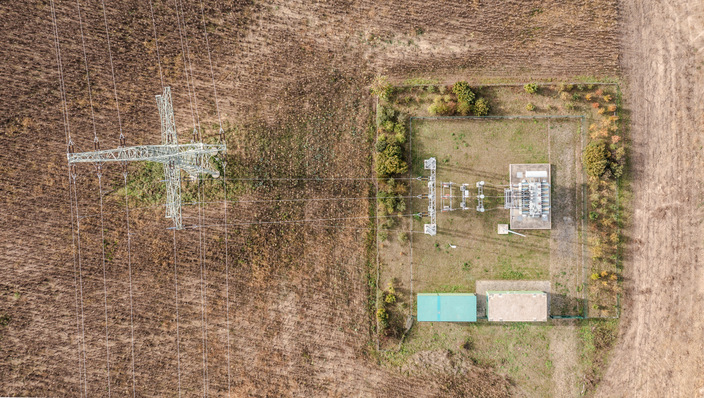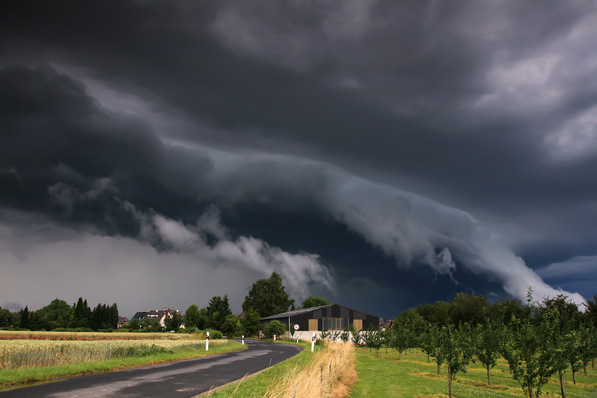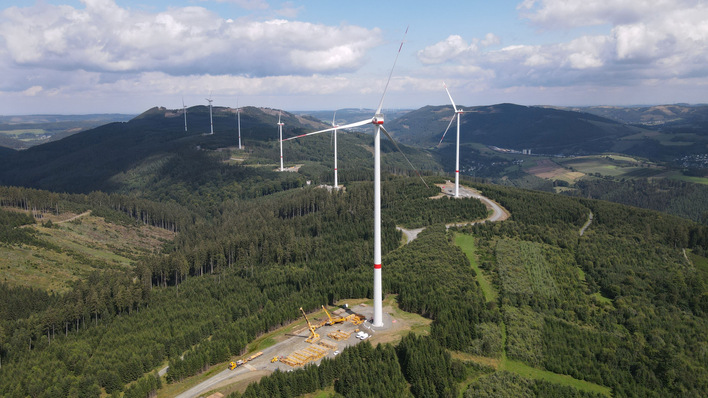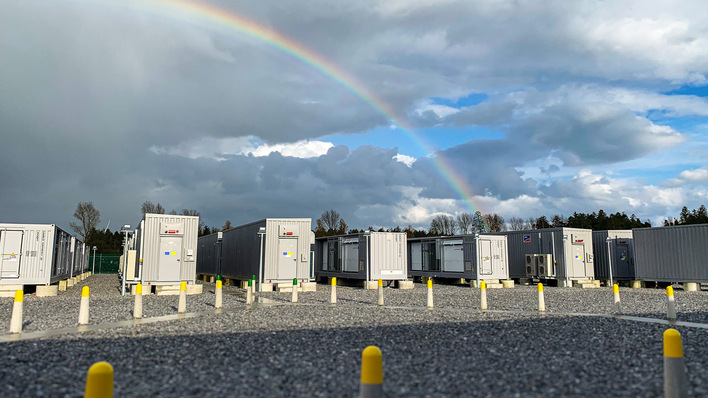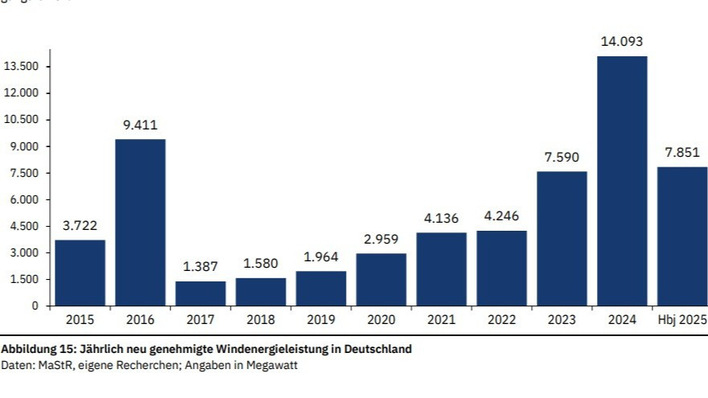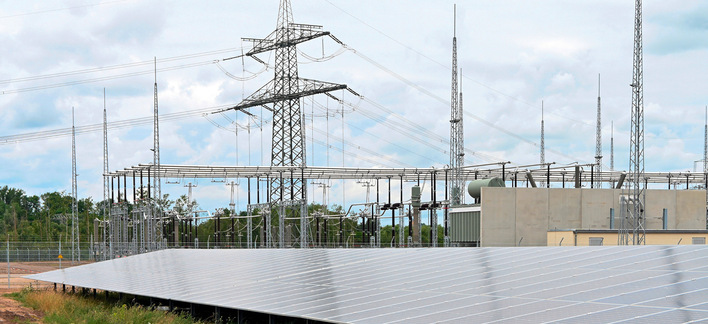At EWEA's Wind Energy Congress currently taking place, GE's wind power division has announced that the prototype of its new 4.1 MW offshore wind turbine with a 113 meter rotor will be installed in Q3 or Q4 of this year in the harbor of Göteborg. Stefan Ritter, general manager at GE for renewables in Europe, stated on the second day of the conference in Brussels that the pilot project, a joint venture with Swedish power provider Göteborg Energi, would probably be installed this fall.
Swedish-Norwegian turbine developer Scanwind originally developed the turbine, which GE further developed with the latest technology from its 2.5 MW onshore turbine. The main innovations include individual blade pitch adjustment. GE's offshore version can reportedly be installed in water depths of as much as 30 meters on simple monopoles because, as GE explained, individual rotor pitch adjustment allows the turbine to optimally face the wind, which is not symmetrically distributed across the giant swept area. As a result, the tower does not oscillate nearly as much.
"We believe we can use this technology to take monopiles into even deeper water, but more research is still needed," said Vincent Schellings, offshore product manager at GE. Monopiles are especially interesting because they tend to be up to 30 percent less expensive than other underwater foundations.
New blade type not yet used
Contrary to expectations, however, GE will not yet be using a new blade design also presented at the Congress. The new blades reportedly turn out of strong wind in order to reduce the load on the blades, which have already undergone nearly 2 years of testing at Dutch research institute ECN. "We could put them into operation now, but the investment would not yet pay for itself offshore," Schellings said. GE says it will further develop this component onshore.
The new blade for the offshore turbine now has, for the first time, an internal structure reinforced with carbon fiber. The technology is reportedly being used for the first time in the 1.6 MW turbine with a 100 meter rotor, which has just been launched outside of Europe. "Otherwise, such a large rotor on a turbine of that size would not have been possible," Schellings explains. GE received the direct-drive technology in 2009 when it took over Scanwind, which had operated around a dozen test turbines with outputs of 3 to 4 MW off the coast of Norway since 2003.
In contrast, the onshore 2.75 MW turbine is to go on sale this summer. GE has made some changes to its 100 meter rotor. Schellings says a toothed rear edge on the outer third of the blade reduces noise from the rotor by 2 to 3 decibels. The turbine is not, however, quieter because the rotors rotate faster to generate more energy. Overall, the new onshore turbine is to provide nine percent more energy than its 2.5 MW predecessor. Half of those gains are due to an improved generator, with the other half coming from the new blades. (Tilman Weber / cm)

